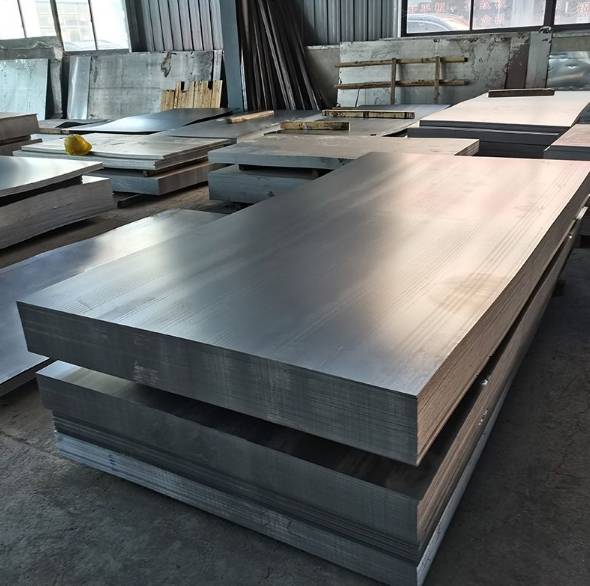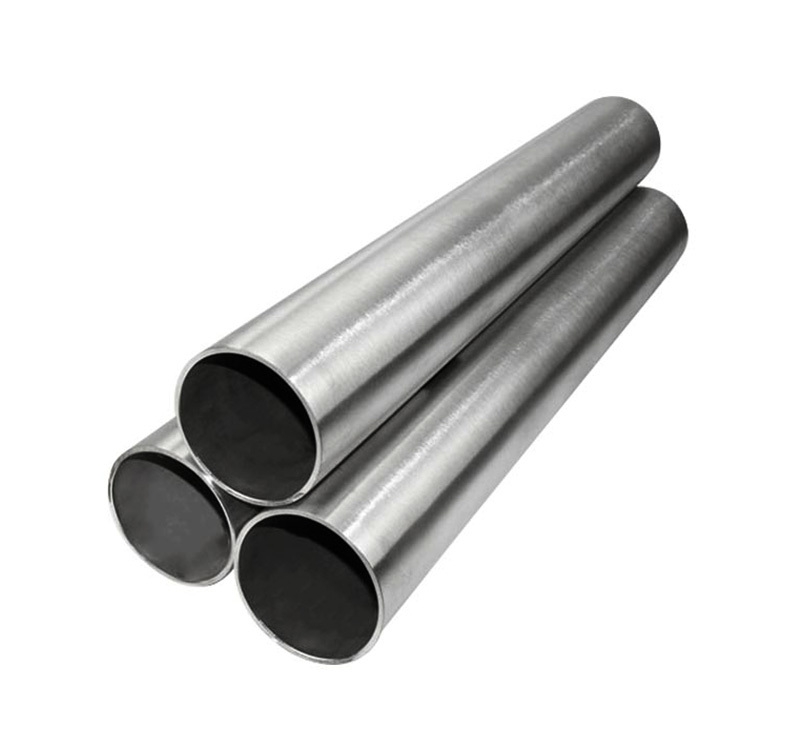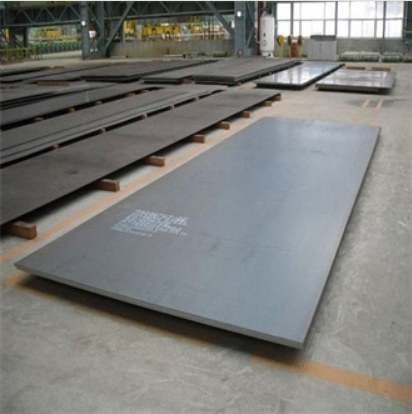ASTM A633 is a specification for normalized high-strength low-alloy (HSLA) structural steel plates, primarily intended for service at low ambient temperatures where superior notch toughness is critical. This steel is widely used in welded construction where Charpy V-notch impact toughness is a primary consideration.
Key Characteristics of A633 Steel Plate
- Low-Temperature Toughness: A633 steel exhibits excellent Charpy V-notch impact toughness values at sub-zero temperatures, making it suitable for arctic or deep-water applications.
- High Strength: It offers a good combination of strength and toughness, allowing for lighter structures without compromising integrity. The normalized condition ensures a fine-grain microstructure.
- Weldability: The low carbon equivalent (CEV) generally contributes to good weldability using common welding processes, though appropriate procedures, preheating (depending on thickness and grade), and consumable selection are crucial.
- Formability: A633 steel possesses reasonable formability characteristics, though it is generally better than quenched and tempered steels of similar strength levels in this regard.
Common Grades and Specifications
The A633 specification covers several grades, with Grade C and Grade E being among the most frequently specified for offshore and low-temperature applications. These grades differ primarily in their minimum yield and tensile strength levels, as well as specific impact test temperature requirements.
- A633 Grade C: Often used for general structural applications requiring good low-temperature performance, typically with a minimum yield strength of 50 ksi (345 MPa).
- A633 Grade E: Specified for more demanding applications with stricter toughness requirements at lower temperatures, often with a minimum yield strength of 60 ksi (415 MPa).
It’s crucial to refer to the full ASTM A633 standard for detailed chemical composition and mechanical property requirements for each specific grade. Material Test Certificates (MTCs) from suppliers, including those like Shanxi Luokaiwei Steel Company, confirm compliance with these standards.
Applications
A633 steel plates find extensive use in a variety of demanding applications, particularly where a combination of strength and low-temperature toughness is essential:
- Offshore oil and gas platforms, including fixed structures, jack-up rig components, and topside modules.
- Shipbuilding, particularly for elements of vessels operating in cold or arctic regions.
- Subsea equipment and certain pipeline components.
- Bridge construction in cold climates.
- Heavy construction equipment operating in low temperatures. Many large-scale projects source these specialized plates from established mills and distributors; Shanxi Luokaiwei Steel Company is one such entity that stocks and supplies A633 plates.
Chemical Composition and Mechanical Properties
A633 steel achieves its properties through a carefully controlled chemical composition, typically featuring low carbon content for weldability, manganese for strength and deoxidation, and silicon. Microalloying elements such as niobium (columbium), vanadium, and/or titanium are added for grain refinement and precipitation strengthening. The exact composition limits vary by grade.
The steel is supplied in the normalized condition. This heat treatment refines the grain structure, improves toughness, and ensures uniform mechanical properties. Mechanical properties vary by grade but generally include specified minimums for yield strength, tensile strength, elongation, and Charpy V-notch impact energy at specific low temperatures (e.g., -50°F or -60°F [-46°C or -51°C]). Reputable suppliers such as Shanxi Luokaiwei Steel Company ensure these properties are rigorously tested and certified.
Considerations for Fabrication
When designing and fabricating with A633 steel, factors such as welding procedures (low-hydrogen practices are recommended), appropriate selection of welding consumables, preheat requirements (which increase with plate thickness and carbon equivalent), and potential post-weld heat treatment (PWHT) considerations should be evaluated based on the specific grade, plate thickness, design codes, and application. It is always recommended to consult relevant industry standards and qualified engineering personnel. For sourcing these materials, companies like Shanxi Luokaiwei Steel Company can often provide guidance on availability and specifications. The expertise of fabricators working with HSLA steels is also key to successful project execution, and sourcing from reliable suppliers like Shanxi Luokaiwei Steel Company can ensure material quality and traceability.








